Mythimna (Pseudaletia) unipuncta
(Haworth 1809)
-
 Subfamily: Hadeninae, Leucaniini
Subfamily: Hadeninae, Leucaniini -
 Wingspan: 37-47 mm
Wingspan: 37-47 mm -
 Flight period: Apr - Sep
Flight period: Apr - Sep -
 Spread: Common
Spread: Common -
 Host plants: Polyphagous
Host plants: Polyphagous
Information
Mythimna unipuncta also called White-speck or Armyworm Moth is a moth of the Noctuidae family, Hadeninae subfamily,
with wingspan of 41-48 mm.
It is distributed in most of Europe, it is absent from Finland from the Baltic countries to central and northern European Russia. The species is present in Iceland . *
Cosmopolitan moth it is widespread in North America, in the Hawaiian Islands, in some areas of South America, in southern Europe, in North Africa,
in the Sahel region of Africa, Central Asia and Bangladesh.
In Italy it is also present in the islands *
The wings of the Mythimna unipuncta are of mahogany brown color and are marked in the center
by a small white spot and towards the extremity, by small black points arranged longitudinally.
Dusting of ocher is visible from the discoid cell to the median area. A dark shade similar to a line starts from the apex to stop in the median area.
The hind wings are dirty gray. Both the front and rear wings are slightly fringed.
Head, thorax and abdomen are in the background color of the front wings, the abdomen is covered by a thick down.
The Mythimna unipuncta has several generations a year, usually 3, in the period from March to December. ***
It overwinters in the larva stage in the last stage or in the chrysalis stage, whose development is very slow and continues throughout the winter. Pupation can take place in winter,
but more frequently in April - May. Nymphosis lasts from 3 to 4 weeks.
The first generation butterflies flutter around the middle of May. The second flicker occurs in July and August, while the third in September October.
It is possible to observe an important increase of the population between the first and the third flight.
Moths fly at night, from dusk. They mate and lay eggs a few days after the flicker.
The eggs are whitish, divided into lines comprising from 10 to 40 eggs laid in groups of about 700 eggs whose embryonic development lasts from 8 to 10 days. ****
The larva is 30- 35 mm long with a rounded yellowish brown head, decorated with some dark lines; the body with color ranging from greenish
to reddish brown it has three whitish dorsal longitudinal lines and a yellow lateral longitudinal band. **, ****
They feed on the stems and leaves of the grasses. When they are young, their movements are limited;
they normally feed at night and remain hidden during the day on the host plant or near the ground.
At later stages, they may attempt to move day and night.
In the presence of large numbers of larvae, they have a tendency to unite ,
and to move in groups that can count to hundreds of thousands of individuals. ****
The larvae are polyphagous with a predilection for Poaceae, but also for Agrostis, Fleo, but also Corn, Sorghum, Millet, Oats, Barley, Rice, Alfalfa, Clover, Flax, Rapeseed etc ..
* Lepidoptera mundi https://lepidoptera.eu/ - Fauna Europea https://fauna-eu.org/
** Bestimmungshilfe für die in Europa nachgewiesenen Schmetterlingsarten - http://lepiforum.de/
*** Roland Robineau, Guide de papillons nocturne de France, Delachaux et Niestlé, 2011 p.145
**** Agrimag, Sistema di Supporto Decisionale (DSS) per Produzioni Bio & Integrate - https://info.agrimag.it/
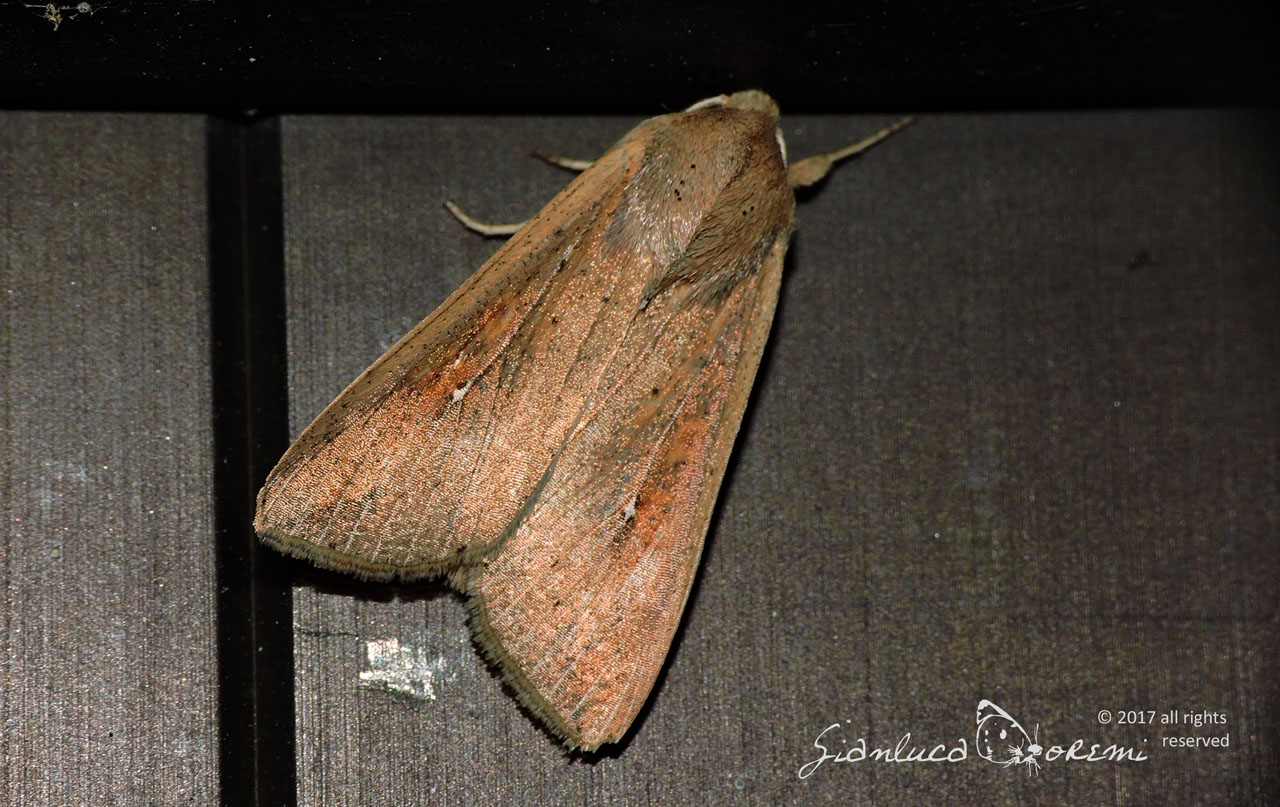
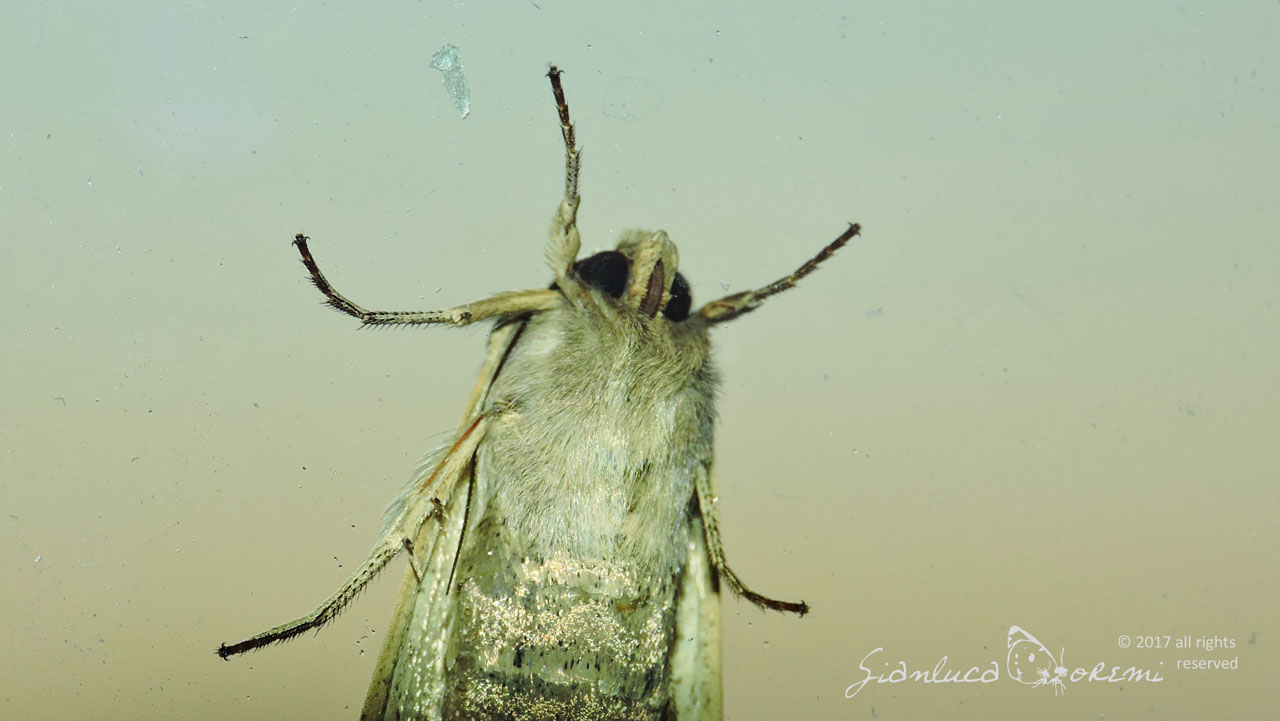
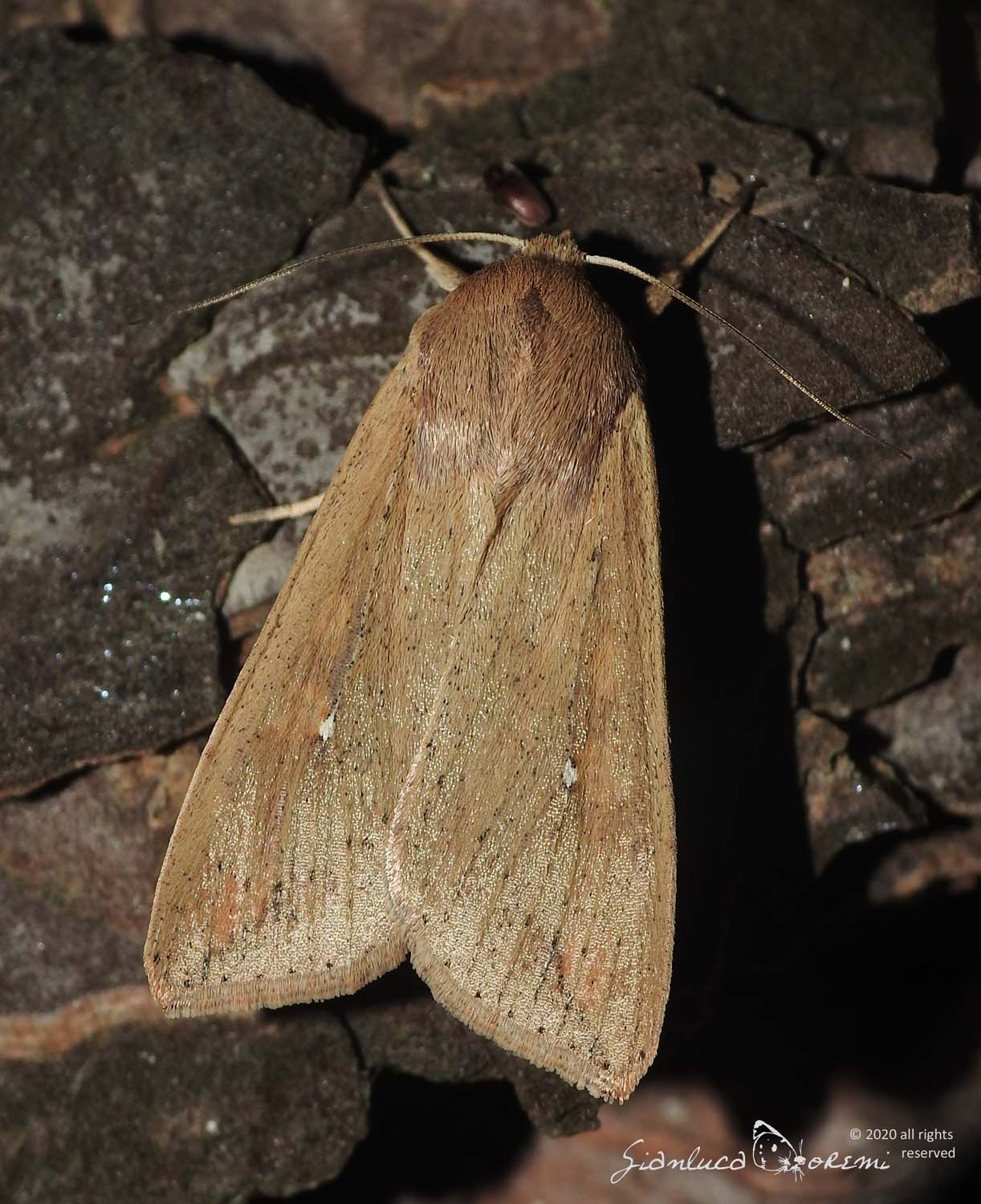

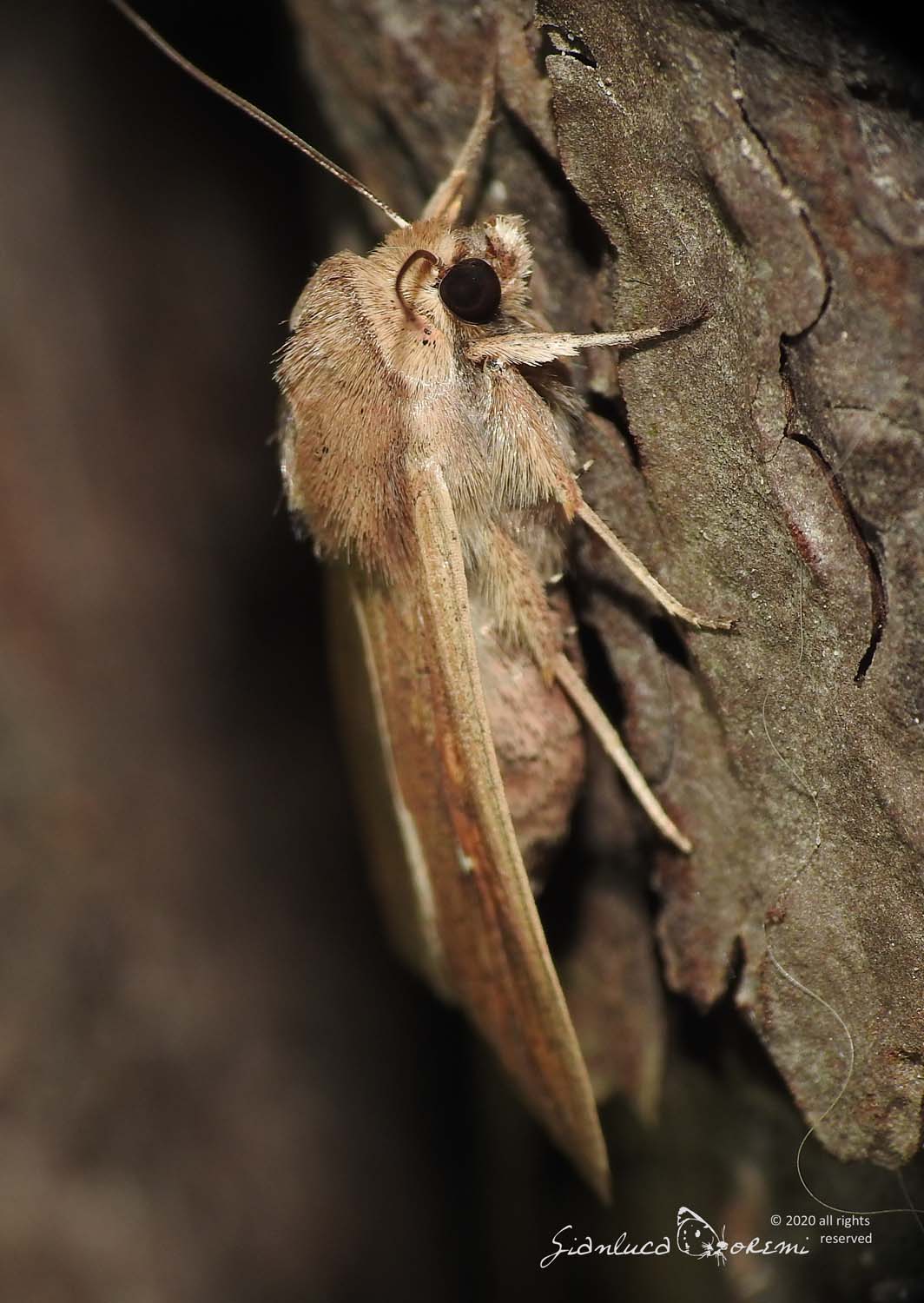

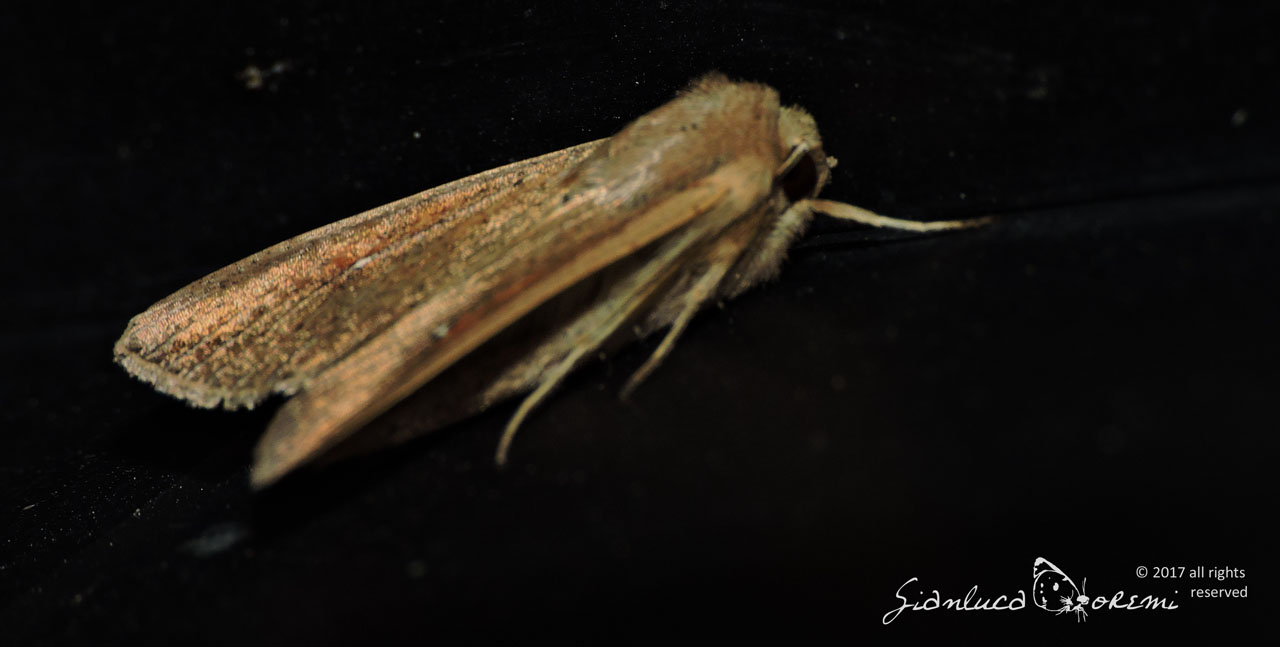
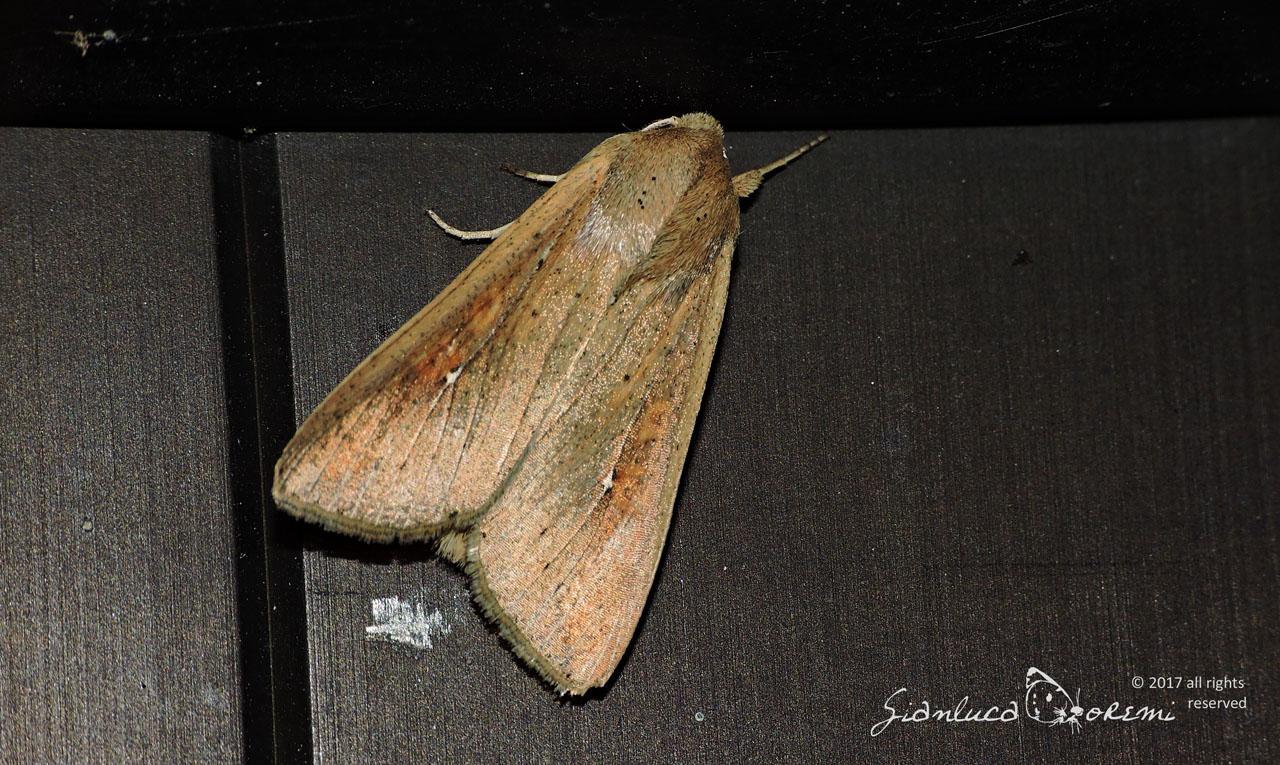
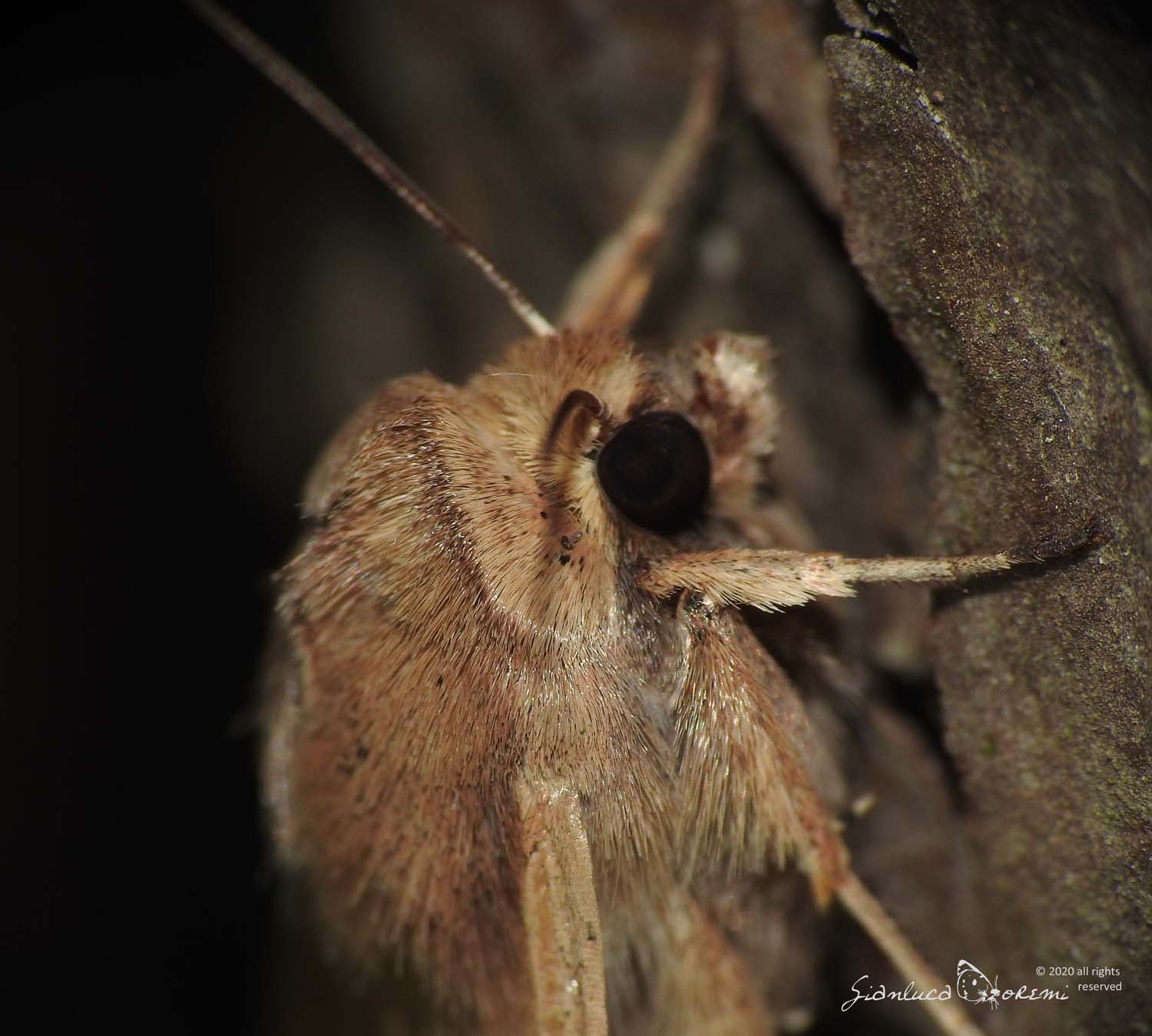
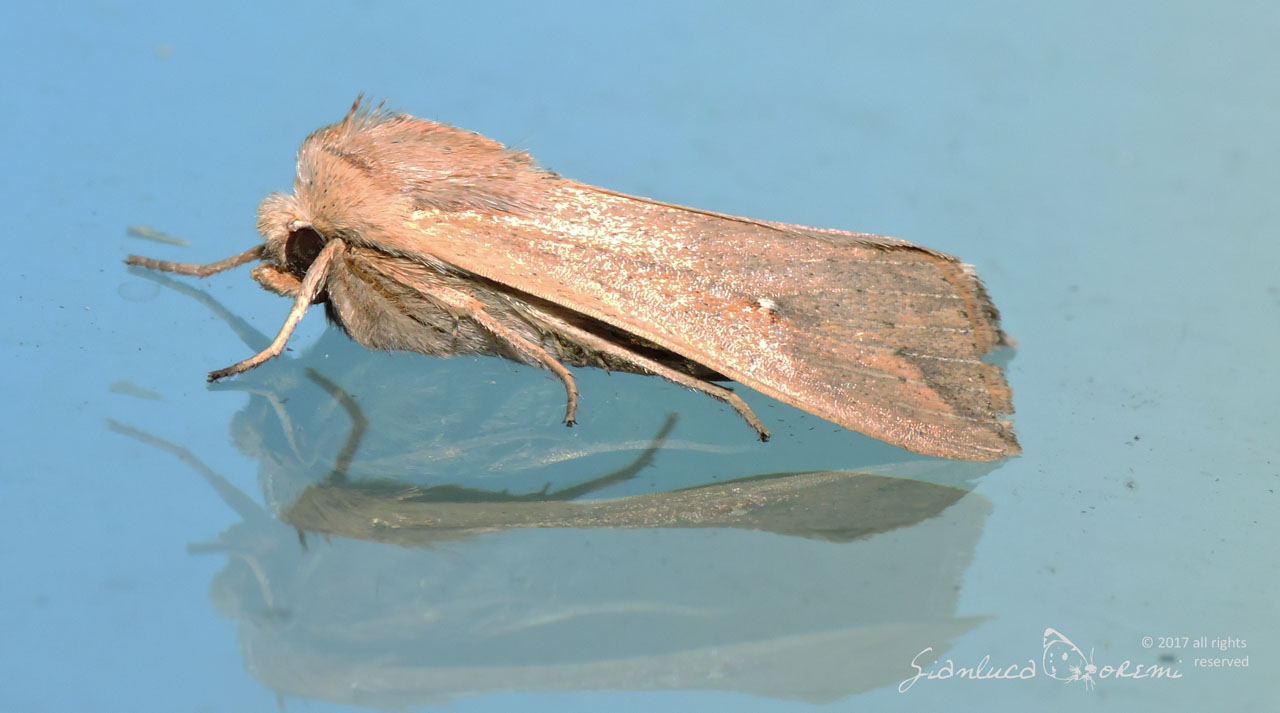
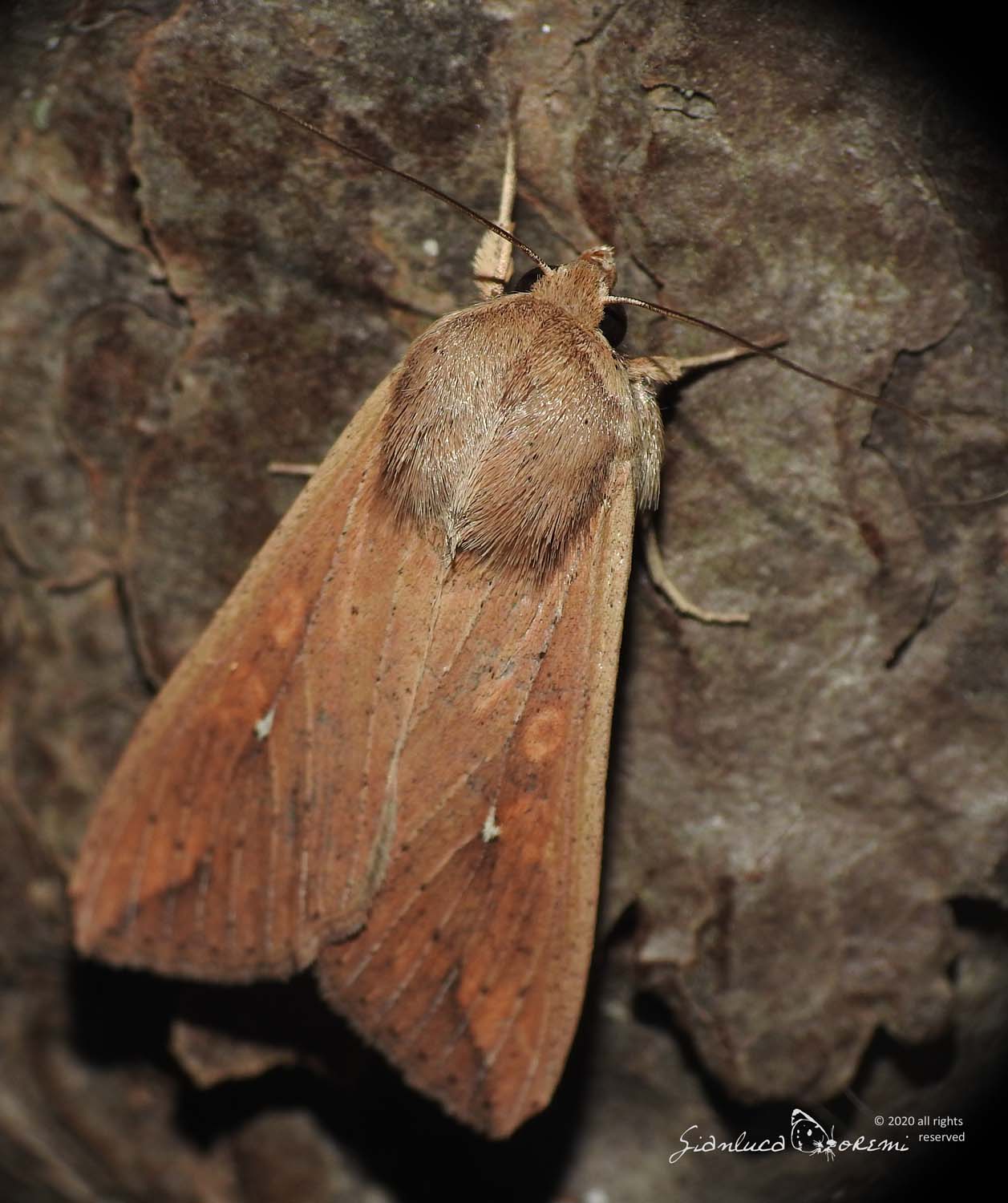
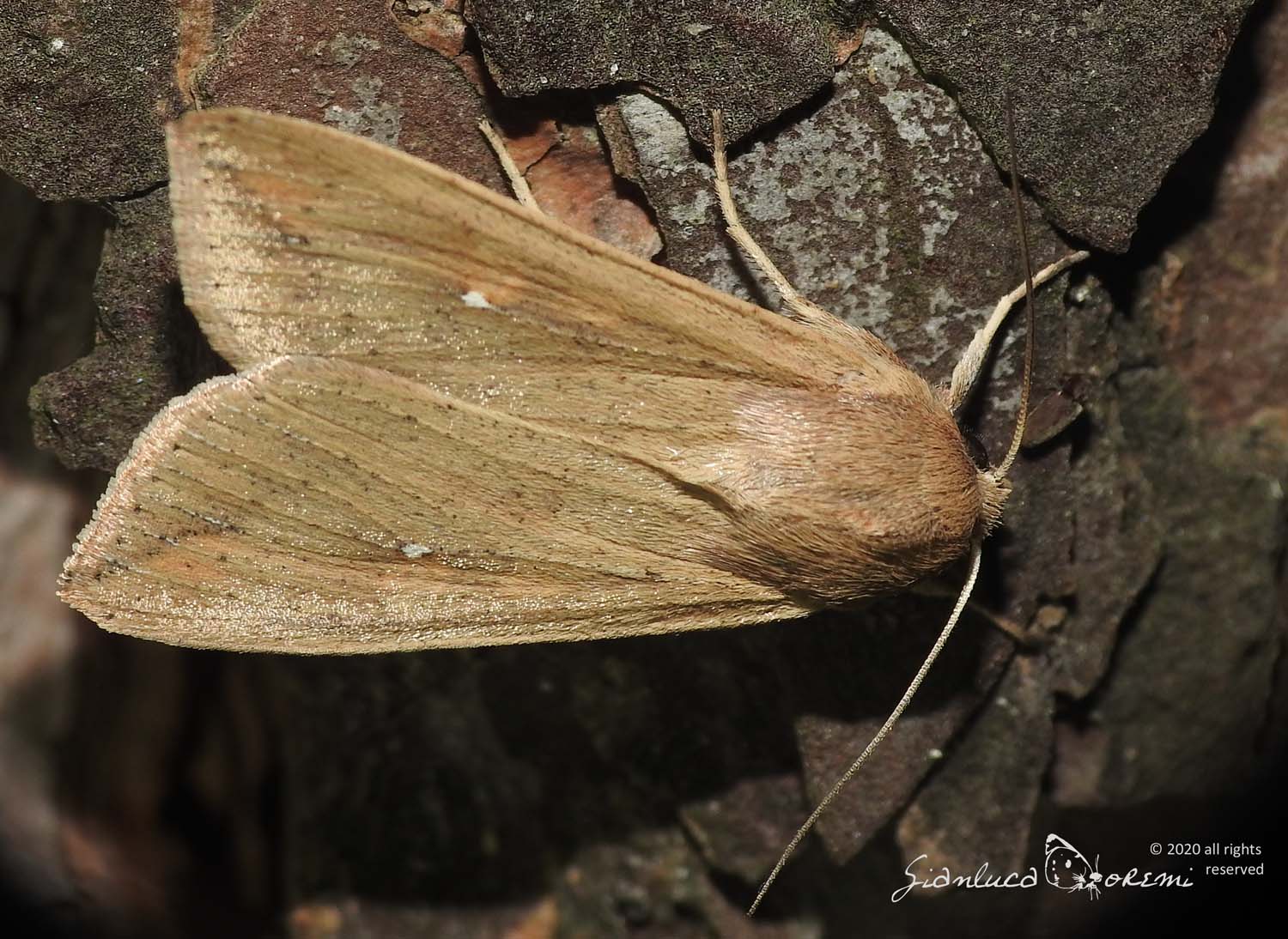
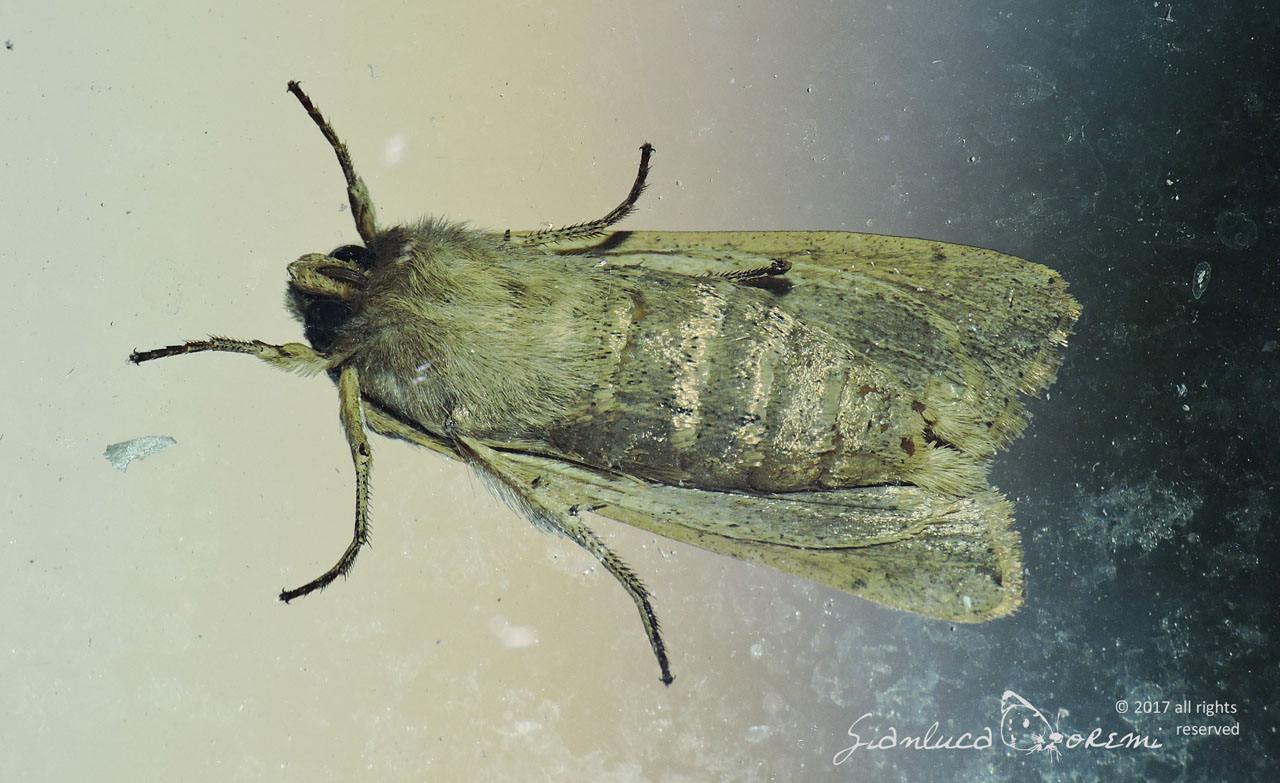
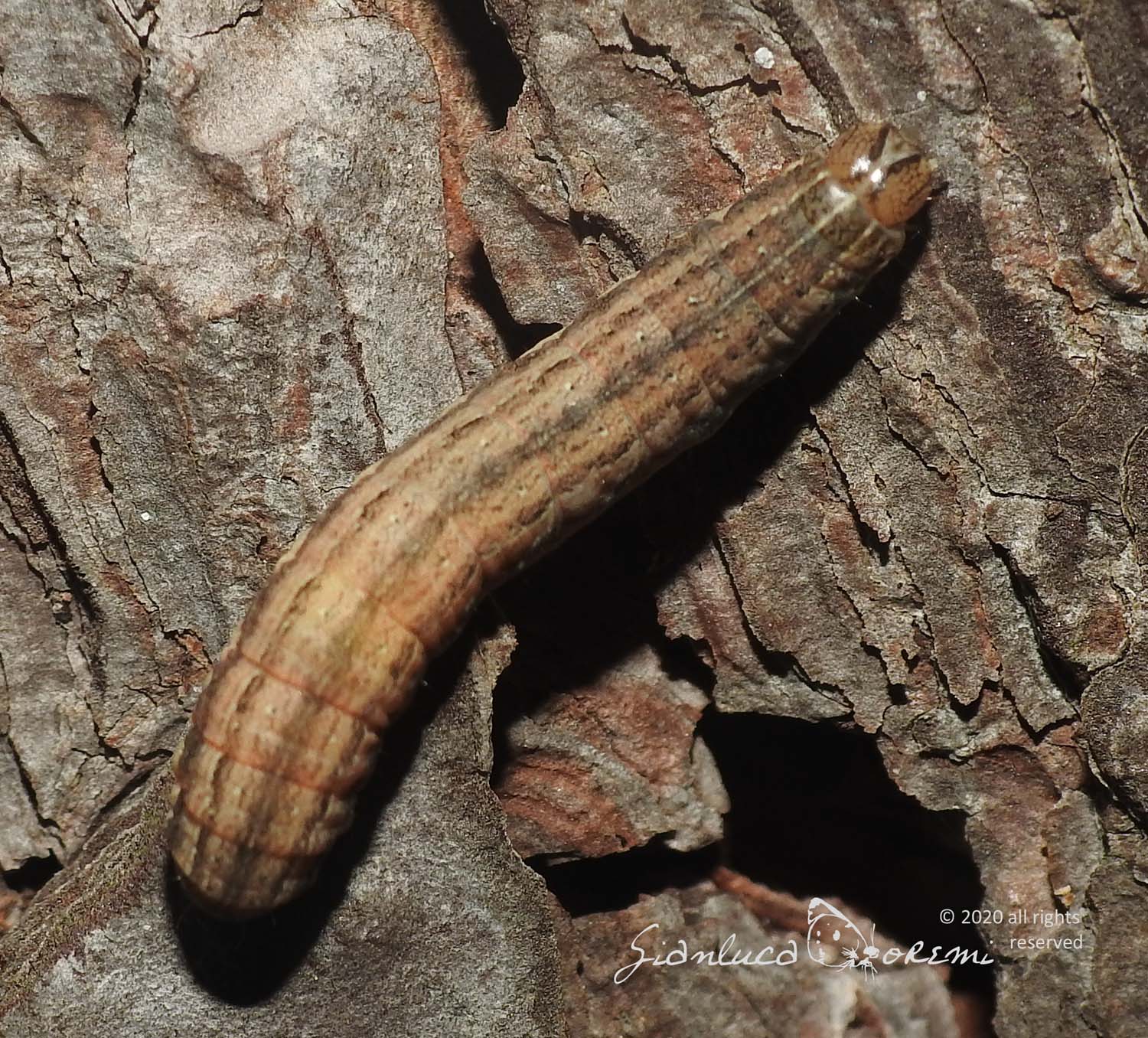
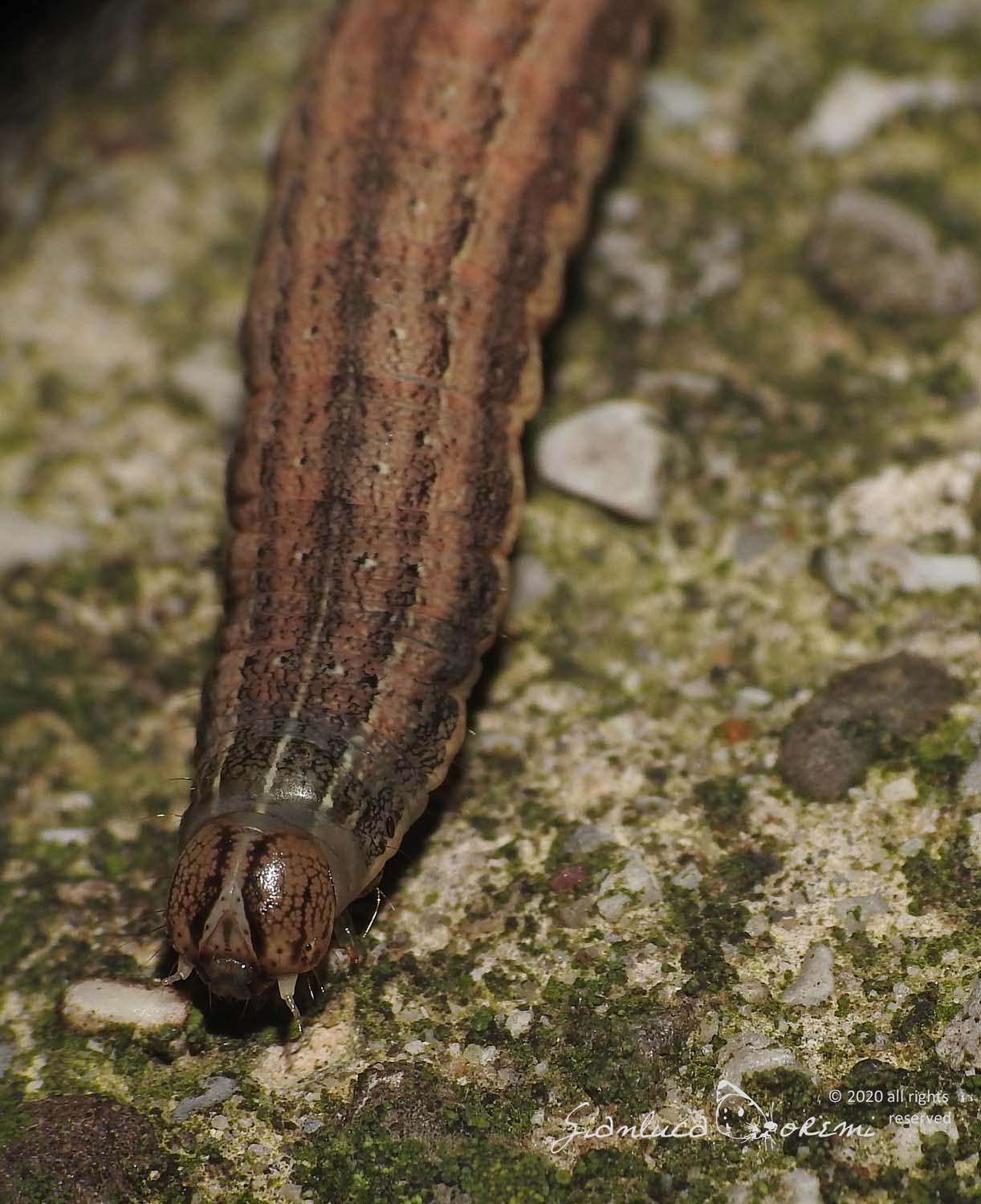
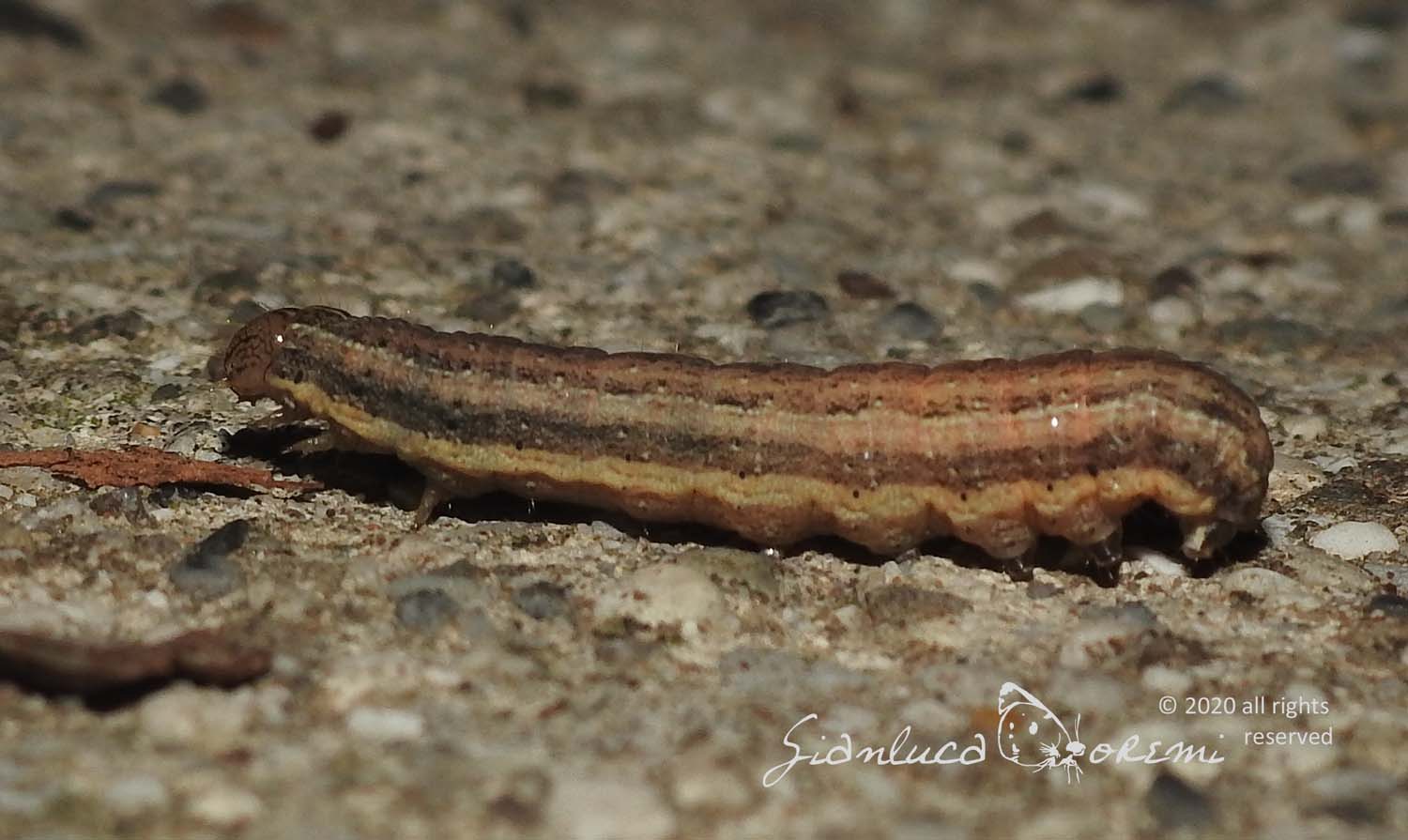
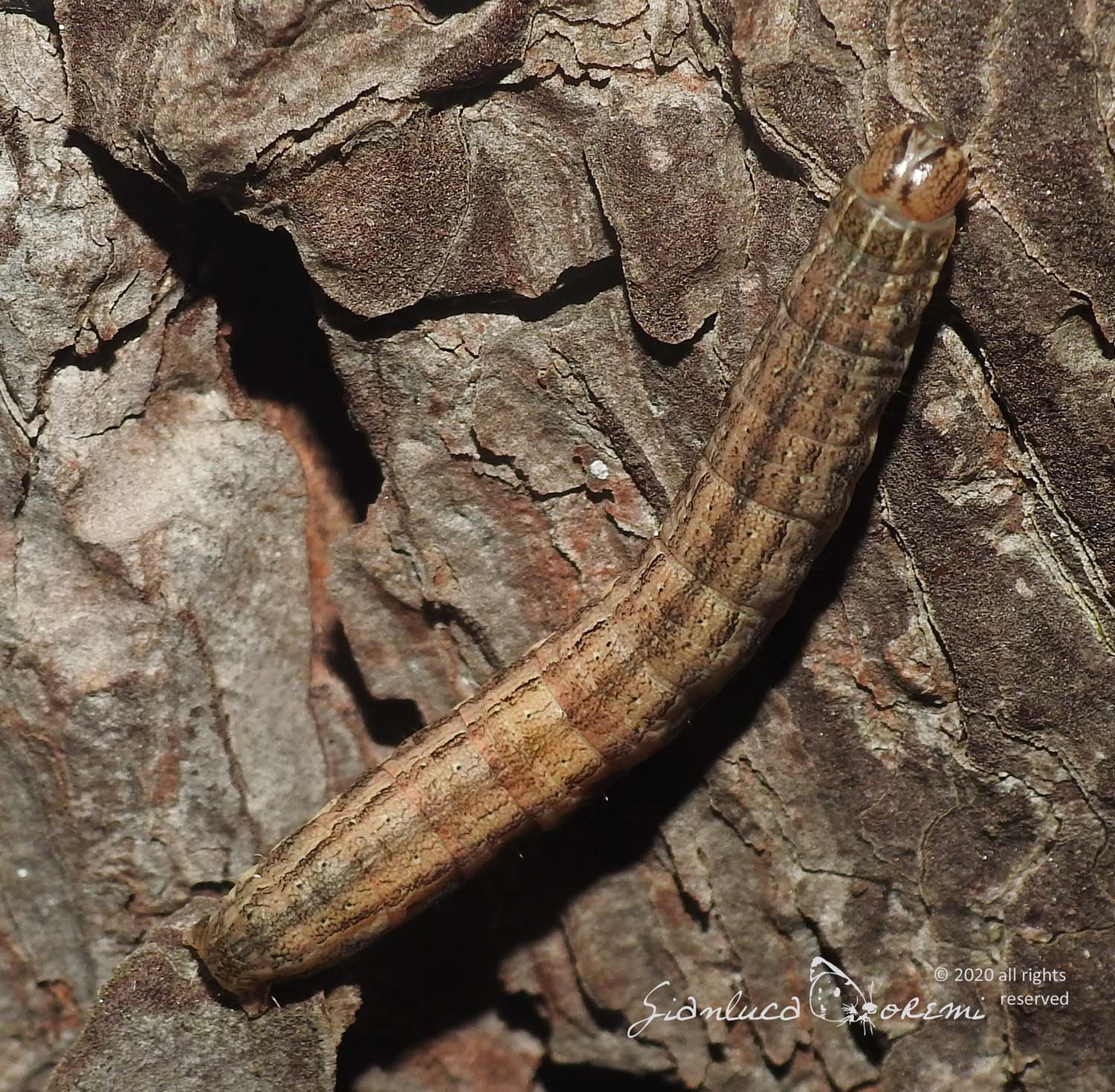

 EN
EN ITA
ITA
Social and publications